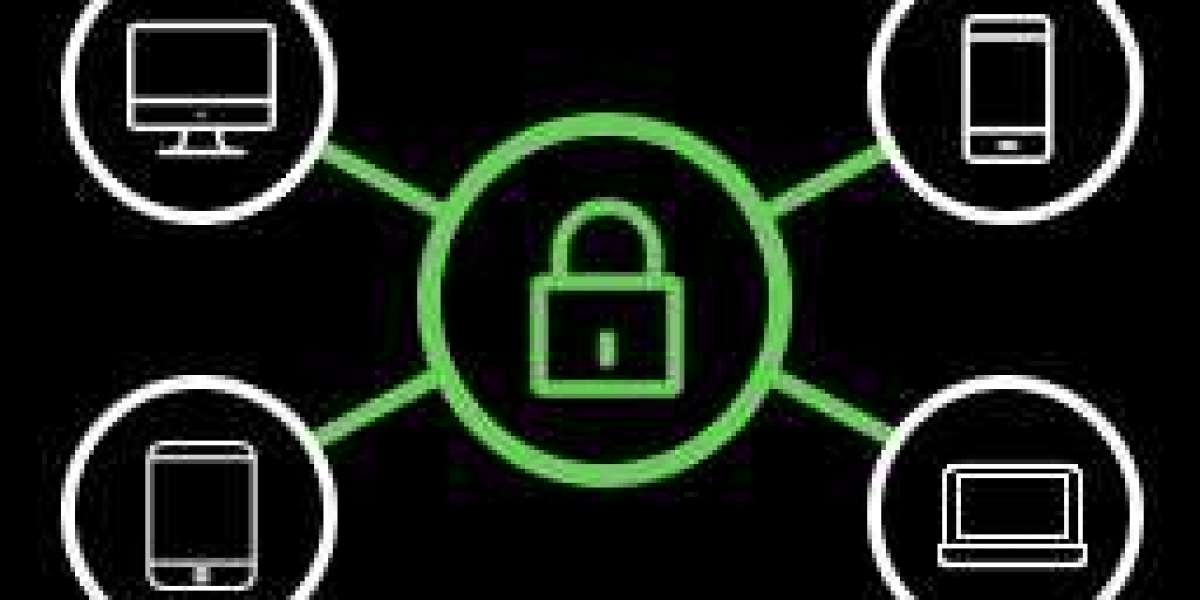Wireless Internet
From radio to radio
Wireless began as a way of sending audio programs through the air. Very early on, we started calling it radio, and when the photos were added to the signal, TV was born. The word "wireless" had become obsolete in the mid-20th century, but has returned in recent years. Now wireless is back on the Internet again. In 2007, about half of Internet users in the world used some form of wireless access. In 2019, over 80 percent of us will use wireless to connect online at home, which is not surprising that more of us use smartphones and tablets (54.8 percent) desktop computers (45.2 percent). Mobile wireless Internet access is accessible in developing countries where traditional wireless access methods based on telephone networks are not available. The wireless wifi installation , perhaps better known as Wi-Fi®, has made the Internet more convenient than ever. But what differentiates it from normal Internet access?
From radio to Wi-Fi
Radio is an invisible launch and launch game. Instead of throwing a ball from one person to another, we send information, coded as an electric and magnetic model, from a transmitter (the pitcher) to a receiver (the receiver) - from which are types of antennas. Wire is an equipment that converts electrical signals (such as the sound of someone speaking, on a radio or an image, on TV) into an oscillating electromagnetic wave that transports air, in a vertical line, at speed of light (300,000 km 186,000 miles per second). The receiver is a mirror-mounted device that captures waves and converts them into electrical signals, so you can recreate radio sounds or TV images. The more powerful the amplifier and receiver are, the more they can be rotated. Radio stations use giant wires, which is why we can collect radio signals from thousands of miles away on the other side of the Earth. Wireless Internet connection is only one way to use radio waves to send and receive Internet data instead of radio sounds or TV pictures. However, unlike radio and TV, it is usually used to send signals only at relatively short distances with low power transmitters.
Wifi
If you have wireless Internet access at home, you may have a small box called a router that plugs into the phone jack. This type of router is somewhat similar to a
solemn modem: it is a computer in its own right that works to send connections to the Internet and vice versa. At home, you could use a router to connect multiple computers to the Internet simultaneously (saving the need for several separate modems). In other words, the router does two jobs: it creates a wireless computer network, connects all the computers together and also provides a shared gateway to the Internet.
It is possible to connect a router to all the different computers using standard network connection cables (for people technically, these are called RJ-45, Cat 5 or Ethernet cables). This creates what is known as a LAN (local area network) that connects the devices together. A computer network is very orderly, more like an organized committee meeting, with carefully agreed rules of conduct than a free cocktail party for everyone. The devices on the network must be connected in a normal way and communicate in a very orderly way. The rules governing the network and the communication conditions are based on an international standard called Ethernet (also known as IEEE 802.3).
A wireless router is just a router that connects to your computer (or computers) using radio waves instead of cables. It has a very powerful radio transmitter and receiver, with an area of approximately 90 meters or 300 feet, depending on the walls and other nearby electrical equipment. The router can send and receive Internet data to any home computer that also has wireless access (so all computers on the wireless network must also have a radio transmitter and receiver). Most new laptops come with wireless cards. For older laptops, a wireless adapter card can typically be connected to the PCMCIA or USB socket. In effect, the router becomes a free access point for the Internet, creating an invisible "cloud" of wireless connectivity around it, called a hotspot. Any computer within this cloud can connect to the network, creating a wireless LAN.
Just as computers connected to a wired LAN use Ethernet, machines on a wireless LAN use the wireless equivalent, which is called Wi-Fi (or, more technically, IEEE 802.11). Wireless Internet is improving all the time, so better forms of Wi-Fi are continually evolving. You may see wireless equipment marked 802.11a, 802.11b, 802.11g, or 802.11n: these are all broadly compatible variants of 802.11, with 802.11n, 802.11g, and 802.11a somewhat faster than 802.11b. Other more recent options are named 802.11a with an extra letter added on end (such as 802.11ax, 802.11ay, and so on). For example, 802.11ah is designed to work with the so-called Internet of Things, 802.11ax is for high-efficiency LANs, and 802.11az is concerned with "location services" (finding the accurate position of mobile devices).
Wi-Fi is where the expression Wi-Fi hotspot comes from. A Wi-Fi hotspot is simply a public place where you can connect your computer wirelessly to the Internet. The hotspots you find in airports, coffee bars, bookshops, and college campuses use one or more wireless routers to create wireless Net access over a large area. Even bigger networks can be created by using tens or hundreds of access points to span entire university campuses, for example. Since the mid-2000s, many cities worldwide have turned vast areas into public hotspots (an idea sometimes known as Municipal Wi-Fi, Muni Wi-Fi, or Muni-Fi). Wi-Fi hotspots continue to pop up all over the world, and the number is growing at an astonishing rate. By 2007, there were estimated to be around 180,000 in the United States alone; at the time this artice was last updated (August 2019), according to Statista, the worldwide total was around 362 million.
WAP and i-mode
Wi-Fi isn't the only way to access the Internet wirelessly. If you have a reasonably new smartphone (an advanced kind of cellphone), such as an iPhone or an Android, it'll have a miniature Web browser that works in exactly the same way as the one you'd find on a laptop (albeit using a much smaller screen). In the late 1990s and early 2000s, some cellphones had very crude built-in web browsers that could haul up simplified, text-versions of web pages using a system called WAP (technically known as Wireless Application Protocol, though no-one ever called it that). WAP was very slow to take off and has now been rendered obsolete by faster cellphone networks and smartphones.
While Europe and North America were struggling with WAP, Japan's cellphone users already had a much better version of cellphone Internet called i-mode that offered fast access to web pages and emails. i-mode was always more popular than WAP and was gradually exported to a number of other countries. However, it too has now been superseded by better technologies based on faster 3G and 4G (third- and fourth-generation) cellphone networks. Effectively, mobile and desktop Internet have now converged: thanks to wireless, and the arrival of easy-to-use apps tailored to mobile devices, it's as easy to do things on your cellphone or tablet computer as it is on your desktop PC.
Mobile broadband
If you want to find out more about high-speed mobile, wireless broadband (broadband Internet access using a USB modem to connect to a cellphone network), please see our separate article on broadband and mobile broadband.










